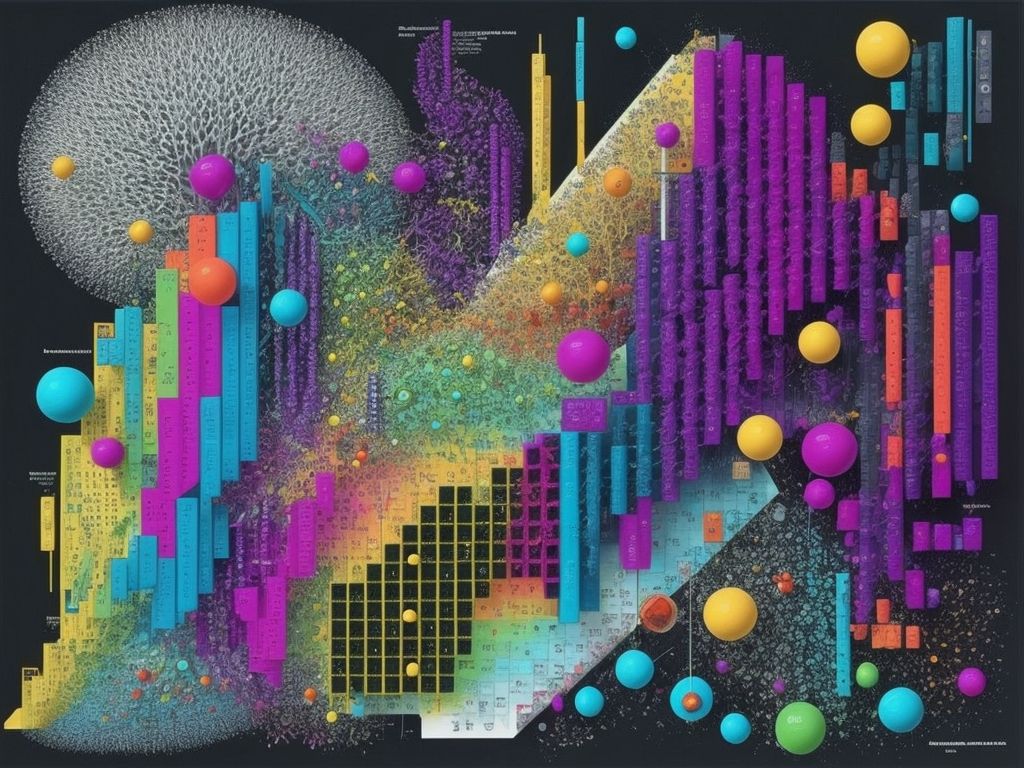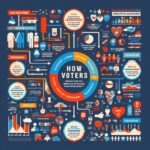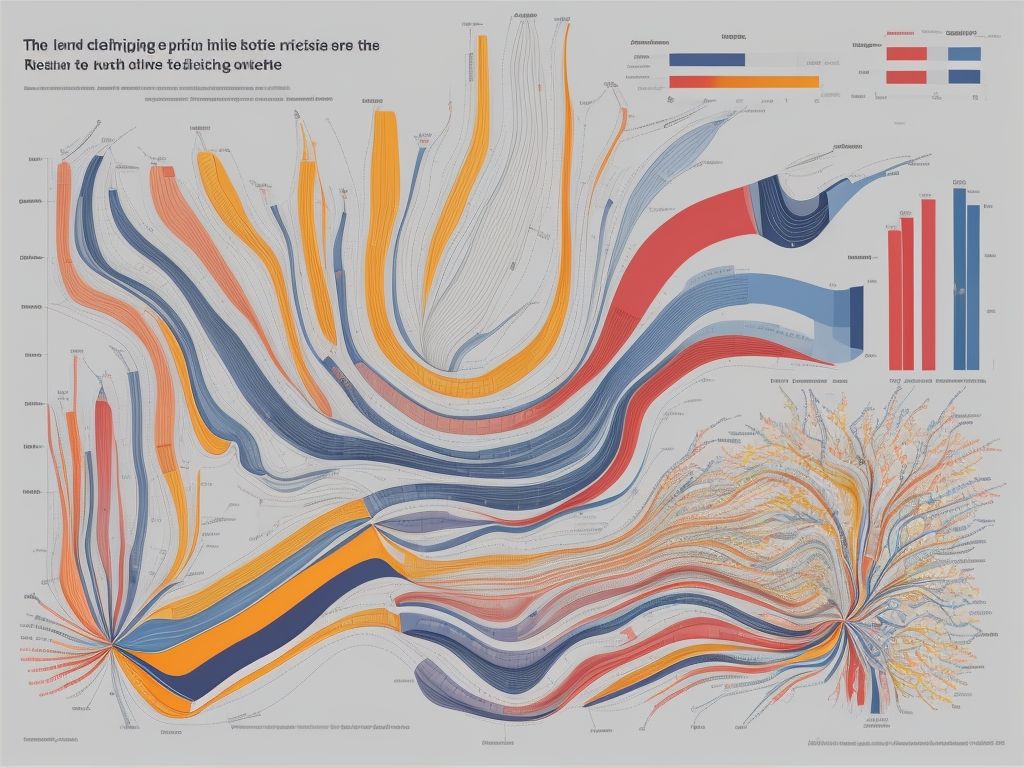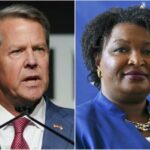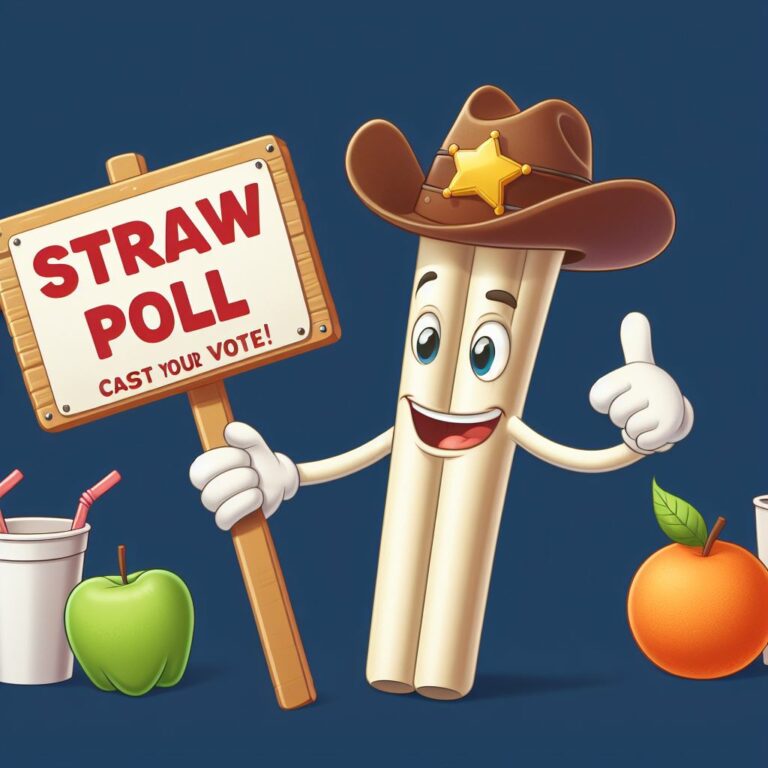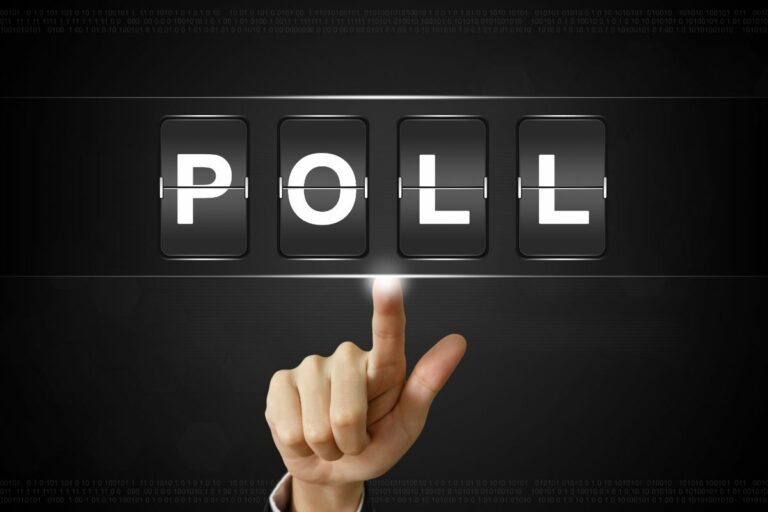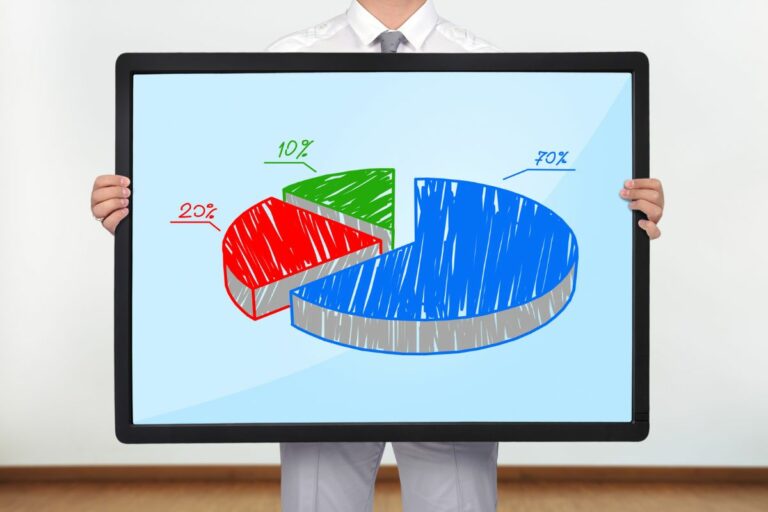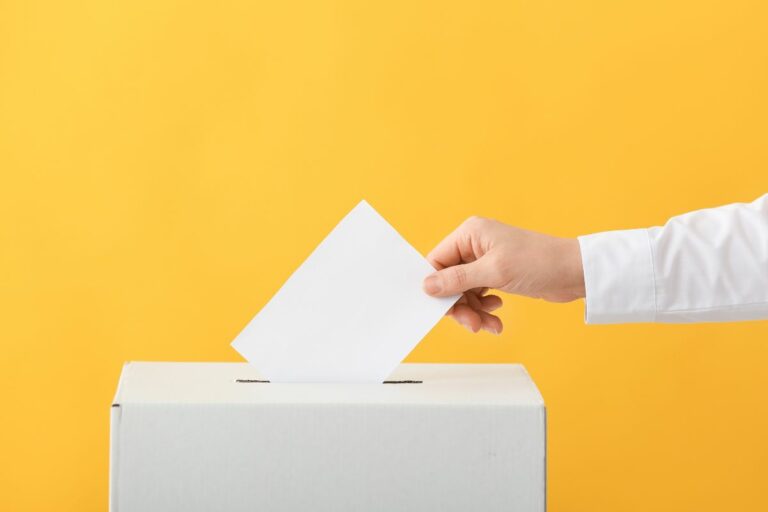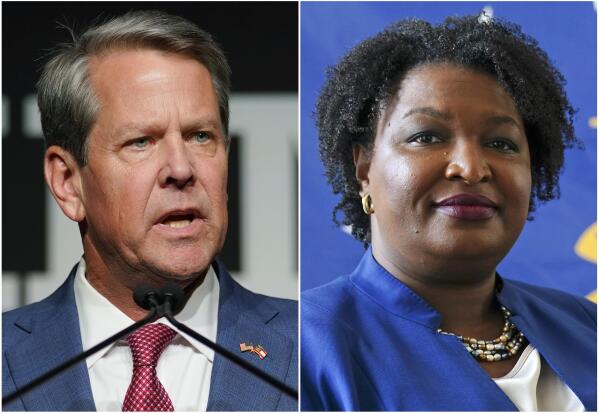Finding The Truth in Political Polls
Understanding Political Polls: A Primer
Political polling is an integral piece in the intricate puzzle of the democratic process. With the potential to gauge public sentiment regarding specific candidates, issues, or policies, these polls provide insights into the collective mind of a voting population. They are frequently used to predict outcomes of forthcoming elections, thus vastly influencing the strategic decisions of political campaigners.
Political polls make use of a technique called sampling, where a small group or subset is chosen from a larger population, with the intent to extrapolate the findings to the larger group. Recognizing the data collection methods, the specificity and phrasing of questions asked, and how results are interpreted and presented are all crucial in comprehending political polls. The understanding of these facets can aid individuals in discerning the veracity and potential bias within poll results.
The Science Behind Political Polling
In essence, political polling operates on statistical principles and psychological elements, framing a science that shapes political landscapes. By collecting data from a relatively small sample of a larger population, political pollsters can extrapolate the opinions and trends that are prevalent among the broader public.
Understanding the accuracy of this science requires a knowledge of margins of error, confidence levels, and the difference between potential results and the poll’s actual findings. While results from polls can fluctuate due to various factors like timing, sampling, and methodology, it is the interpretation and understanding of these variations that empower the science of political polling.
The Core Principles of Political Polling
- The primary principle behind political polling is the use of statistical sampling. This involves selecting a small group from a larger population and using their responses to predict the opinions or behavior of the entire population.
- Another crucial aspect is understanding margins of error, which refer to the amount by which the results could vary if another sample was taken. For example, if a poll has a margin of error of 3%, this means that actual public opinion could be up to 3% higher or lower than what is reported in the poll.
- Confidence levels also play an important role in interpreting poll data. A confidence level expresses how certain we can be that our sample accurately represents the overall population.
Factors Impacting Poll Results
- Timing: When a poll is conducted can significantly influence its results. For instance, polls conducted immediately after major events may not accurately reflect long-term public sentiment due to emotional reactions.
- Sampling: The way respondents are selected for participation can also affect outcomes. If certain groups are over- or under-represented about their proportion in society at large, it can skew results.
- Methodology: Different methods used for gathering data (like telephone interviews versus online surveys) might yield different results due to factors like respondent comfort level and accessibility.
Interpreting Variations
Understanding variations between potential and actual findings is vital for making sense of polling data:
- Potential Findings: These represent what might have happened under different circumstances – such as if more people had been polled or if they were asked slightly different questions.
- Actual Findings: These are based on real-world responses collected during the polling process.
By analyzing these elements carefully, political scientists gain valuable insights into public sentiment – both present and future trends – thus enabling them to shape strategies accordingly.
How Are Political Polls Conducted?
Political polling relies on a complex methodology that varies from poll to poll due to factors such as poll type, target audience, and the medium of the poll. Survey method selection is one of the initial steps, with the most common methods being telephone interviewing, face-to-face interviewing, internet polling, and mailed questionnaires. The choice is made based on the demographic characteristics of the targeted population and the resources available.
A crucial aspect of conducting political polls lies in sample selection, whereby a smaller group is chosen from the larger population to represent the views of the whole. The sample needs to be representative of the larger population to ensure the integrity of the poll. Random sampling is the most common method for sample selection, ensuring an unbiased representation and preventing results from skewing.
The Role of Sampling in Political Polls
In the realm of political polling, sample selection is a cornerstone methodology. This instrumental technique gradates the feasibility of a survey, enabling a small group to represent a larger population. Samples used in political polls are significant as they purportedly mirror the society whose views they vow to present. These carefully chosen individuals provide insight into the larger population’s political inclinations and opinions, shaping how results are interpreted.
The accurate representation of the public during polls relies heavily on precise sampling. With increasingly diverse political landscapes, the importance of representation cannot be overstated. Misrepresentations, such as over or under-sampling certain demographics, can skew the data and make the results less reflective of the public’s true sentiment. Hence, the essence of sampling lies in its objective portrayal of public opinion, vouching for the integrity of poll results.
Differences Between Different Types of Polls
In the realm of political research, several types of surveys are commonly utilized. Each of these polls holds unique qualities and distinct methodologies that greatly influence the survey’s output, usefulness, and reliability. One such type is the traditional telephone poll. This polling method is a stalwart in the industry, recognized for its rigorous sampling, real-time responses, and a long history of use that allows for tracking trends over time.
In stark contrast to telephone surveys, online polls have surged in popularity in recent years, owing largely to the increasing internet penetration worldwide. Online polls often deliver more quantifiable responses in a shorter amount of time than their traditional counterparts, although they can be plagued by skewed samples due to differential internet usage patterns. The anonymous nature of the internet also impacts the respondent behavior, potentially altering poll results.
Analyzing the Questions in Political Polls
The art of constructing questions in political polls is a rigorous process of precision and nuance. Essentially, the way a question is framed can vastly influence the respondent’s answer. The language, the reference points, and the order in which the questions are presented, all come into play, manifesting an almost inevitable element of bias that pollsters painstakingly strive to mitigate. The phraseology of polling questions is of paramount importance for acquiring an objective portrayal of public opinion.
A poorly structured question can inadvertently skew data, delivering misrepresentative results. For instance, loaded terminology or leading questions can push respondents towards certain answers, thereby compromising the authenticity of responses. Undeniably, the quality of polling data is inextricably linked to the aptitude in question construction. Therefore, the challenge for pollsters is to balance concise wording with providing enough context to ensure respondents fully grasp the query at hand.
How to Interpret Political Poll Results
Interpreting political poll results requires a keen eye for detail, along with a deep understanding of the intricacies of the polling process. First and foremost, it is critical to examine the sample size of the poll. A larger sample size generally equates to a more reliable result, as it reflects a broader spectrum of the population. Be aware, though, that the validity of a poll also depends on the diversity of the sample, addressing variations in ethnicity, age, and socio-economic status.
Further, it is crucial to pay attention to the margin of error in the poll results. The margin of error indicates the extent to which the poll results may differ from the actual sentiment of the entire population. Lower margins signal more precise results, assuming the sampling process was conducted soundly. Also, remember to consider potential biases; an unbiased poll is conducted without any sort of favoritism toward a particular demographic or political group.
The Impact of Bias in Political Polls
Bias can dramatically sway the outcomes of political polls, painting a partial, and often misleading, picture of the electorate’s stance. Methodological pitfalls, question phrasing, or the bias of the pollsters themselves can all contribute to this skewed image. The manifestation of bias is not only detrimental to the reliability of the poll but could potentially undermine public trust in the political process. The distortion of public opinion caused by bias makes it imperative for surveys to be conducted and interpreted with extreme caution.
Meanwhile, any presence of bias in political polls can alter the behavior of both candidates and voters. A poll indicating a significant lead for a particular candidate might discourage opposition voters or push the leading candidate toward complacency. On the flip side, it could galvanize supporters of the trailing candidate to intensify their campaign efforts. Shaping campaign strategies and voter behavior, this seemingly unassuming nature of bias underscores its profound impact on the world of politics.
The Role of Media in Reporting Poll Results
The media’s reporting on political polls plays a significant role in shaping public opinion. The frequency of reports, manner of presentation, and contextualizing commentary affect the interpretation and influence of polling data on citizens. As an essential nexus between polling organizations and the public, the media has the influential role of framing the narrative. The emphasis on certain polls over others can create or deflate political momentum, thereby guiding the discourse.
In-depth reporting requires media outlets to convey the statistical complexities involved in polls. This includes explaining the margin of error, emphasizing the difference between statistical ties and actual leads, and reminding audiences about the inherent limitations and assumptions in any poll. Moreover, diverse platforms like print, television, and digital media differ in delivery style. For instance, digital platforms’ emphasis on real-time updates gives a dynamic quality to polling data that can significantly shape public responses.
Historical Accuracy of Political Polls
Over the years, political polls have evolved to be an integral component of the democratic process. These tools provide a snapshot of public opinion, offering precious insights to politicians and media alike. However, it’s essential to remember that these are, fundamentally, predictive models, crafted from a variety of variables, and thus, not infallible. History has seen many instances where polls have underestimated certain voting blocks, leading to surprising election outcomes.
The 1948 U.S. presidential election provides a notable example of poll inaccuracies. In a historic blunder, early polling predicted a landslide victory for Republican candidate Thomas Dewey. The press reported this forecast with such certainty that some papers prematurely released “Dewey Defeats Truman” headlines. However, in the end, Democratic incumbent Harry Truman was re-elected, proving the polls to be dramatically off the mark. This incident serves to underline the inherent fallibility of political polling, emphasizing the importance of scrutinized consumption and interpretation of poll data.
Case Studies: When Polls Got It Wrong
Arguably the most prominent case of polling inaccuracies is the 1948 U.S. Presidential election forecast. Despite the political polls strongly indicating a decisive victory for Thomas Dewey, incumbent Harry S. Truman emerged victorious. This spectacular polling failure led to significant methodological changes in the industry, underscoring the risk of over-reliance on statistical forecasts*
Across the Atlantic, the 2016 Brexit referendum also provided a stark example. In the run-up to the vote, the majority of political polls predicted a narrow win for the ‘Remain’ camp. However, the ‘Leave’ camp took the lead, prompting widespread astonishment and leaving statisticians questioning their models. This event highlighted once again the need for caution when interpreting poll results.
Role of Political Polls in Election Predictions
Political polls play a significant role in election predictions by offering valuable insights even before the actual voting occurs. These polls offer a snapshot of public sentiment at a given moment, guiding campaigners on which issues need more emphasis. Election forecasts are developed based on data gathered from these polls, making them an indispensable tool in political landscape evaluation.
However, it is worth noting that although political polls are eminently influential in forming election predictions, they should never be viewed as definitive results. The accuracy of polls is reliant upon many factors such as the wording used, the data collection method, the level of the respondents’ trust, and the sample’s representativeness. Piloted on these crucial aspects, political polls serve as useful barometers of public opinion and electoral inclinations.
Responsible Consumption of Political Poll Information
Understanding the nuances of political polls is essential for any informed citizen. These tools for data collection are not in themselves good or bad. The key lies in how one interprets and acts upon the data. Responsible consumption of these polls requires a critical eye and an understanding of the underlying methodology.
As consumers of political poll information, it is mandatory to consider several factors. For instance, the source of the poll, the sample size, the questions, and the context in which it was conducted can lead to bias or misinterpretation. Therefore, transparency of the data presented is essential in reinforcing its credibility and ensuring responsible use.
Frequently Asked Questions
What is the basic understanding of political polls?
Political polls are surveys or inquiries made to gather public opinion on a variety of issues, most commonly in the political sphere. They are often used to gauge public sentiment towards candidates, policy issues, or events.
Can you explain the science behind political polling?
The science behind political polling involves a careful methodology that includes defining the population, employing random sampling techniques, creating unbiased survey questions, and analyzing the data collected.
How are these political polls conducted?
Political polls are typically conducted through various methods such as phone interviews, online surveys, and mail-in questionnaires. The method used often depends on the target demographic and the resources available to the polling organization.
What role does sampling play in political polls?
Sampling is critical in political polls as it allows for a small group of individuals to represent the larger population. Accurate sampling ensures that the results accurately reflect the opinions of the larger group.
Are there different types of political polls?
Yes, there are several types of political polls including opinion polls, exit polls, tracking polls, and push polls. Each type serves a different purpose and is conducted at different times during the election cycle.
How can I analyze the questions in political polls?
When analyzing questions in political polls, it’s important to look for clear, unbiased wording. The questions should not lead respondents towards a certain answer and all possible responses should be included.
What’s the best way to interpret political poll results?
Interpretation of political poll results should consider the margin of error, the methodology used, the sample size, and the wording of the questions. Remember to view poll results as a snapshot of public opinion at a particular time, not a prediction of future outcomes.
Does bias impact the results of political polls?
Yes, bias can significantly impact the results of political polls. This can be due to the way questions are worded, the method of polling used, or the demographic of the sample population.
How does the media influence the reporting of poll results?
Media often plays a significant role in how poll results are reported and interpreted. It can influence public perception by the way it presents the data, the headlines it uses, and the emphasis it places on certain results.
Have political polls always been accurate historically?
While many political polls have been accurate in predicting outcomes, there have been notable exceptions where the polls were incorrect. These errors could be due to various factors such as inaccurate sampling, response bias, or unexpected voter behavior.
How do political polls contribute to election predictions?
Political polls provide a snapshot of public opinion at a given time, and when conducted properly, can indicate voting trends and potential election outcomes. However, they are not foolproof and should not be the sole basis for predicting election results.
What does it mean to consume political poll information responsibly?
Responsible consumption of political poll information involves understanding the methodology behind the poll, considering the source of the poll, looking at the margin of error, and remembering that polls are not predictions but a reflection of public opinion at a specific point in time.
- What Polls Reveal About Sleeping Together Early and Long-Term Relationship Success - July 7, 2025
- How to Design a Hard Harry Potter Trivia Challenge - October 4, 2023
- How to Design a Dear Peachie Makeup Preference Poll - October 4, 2023

